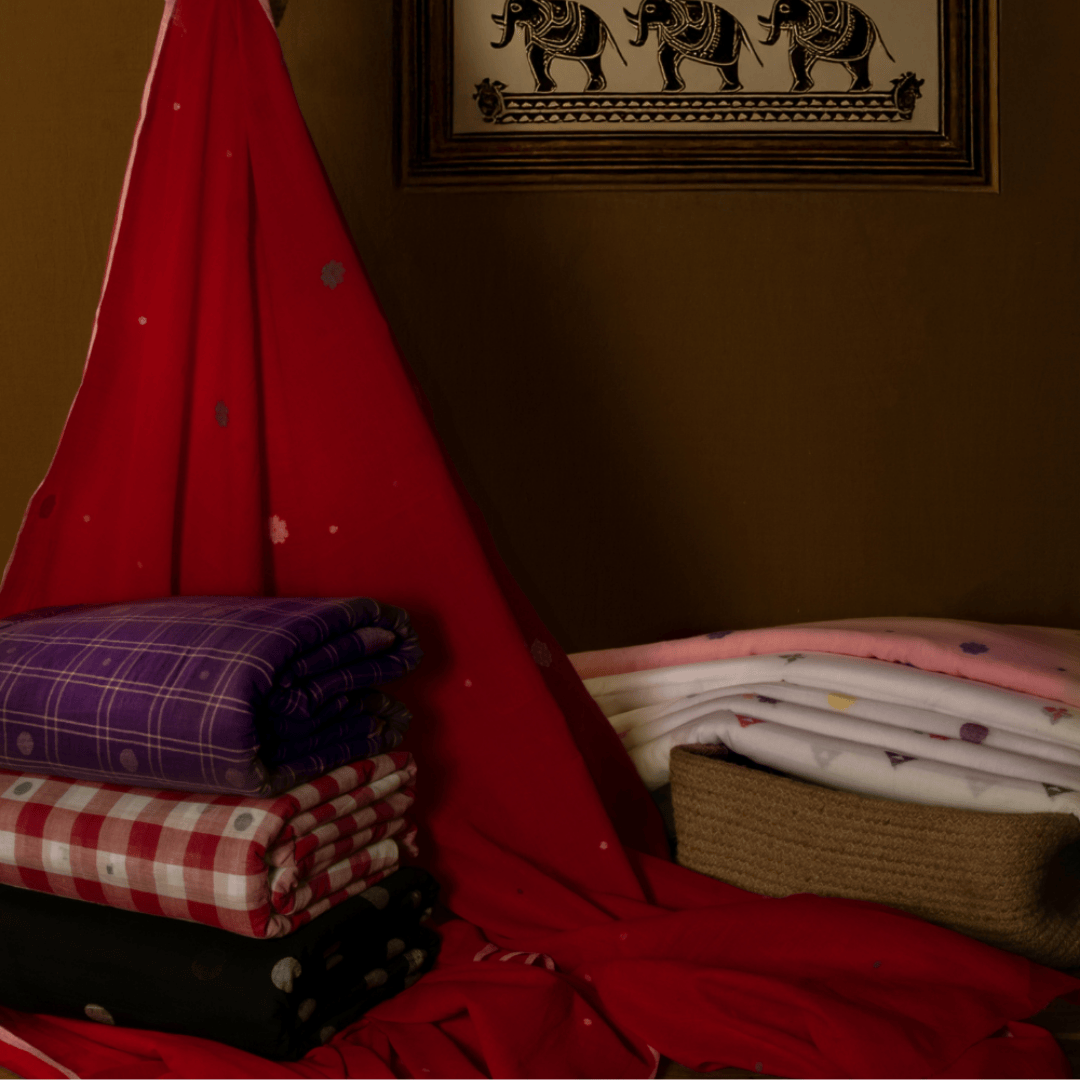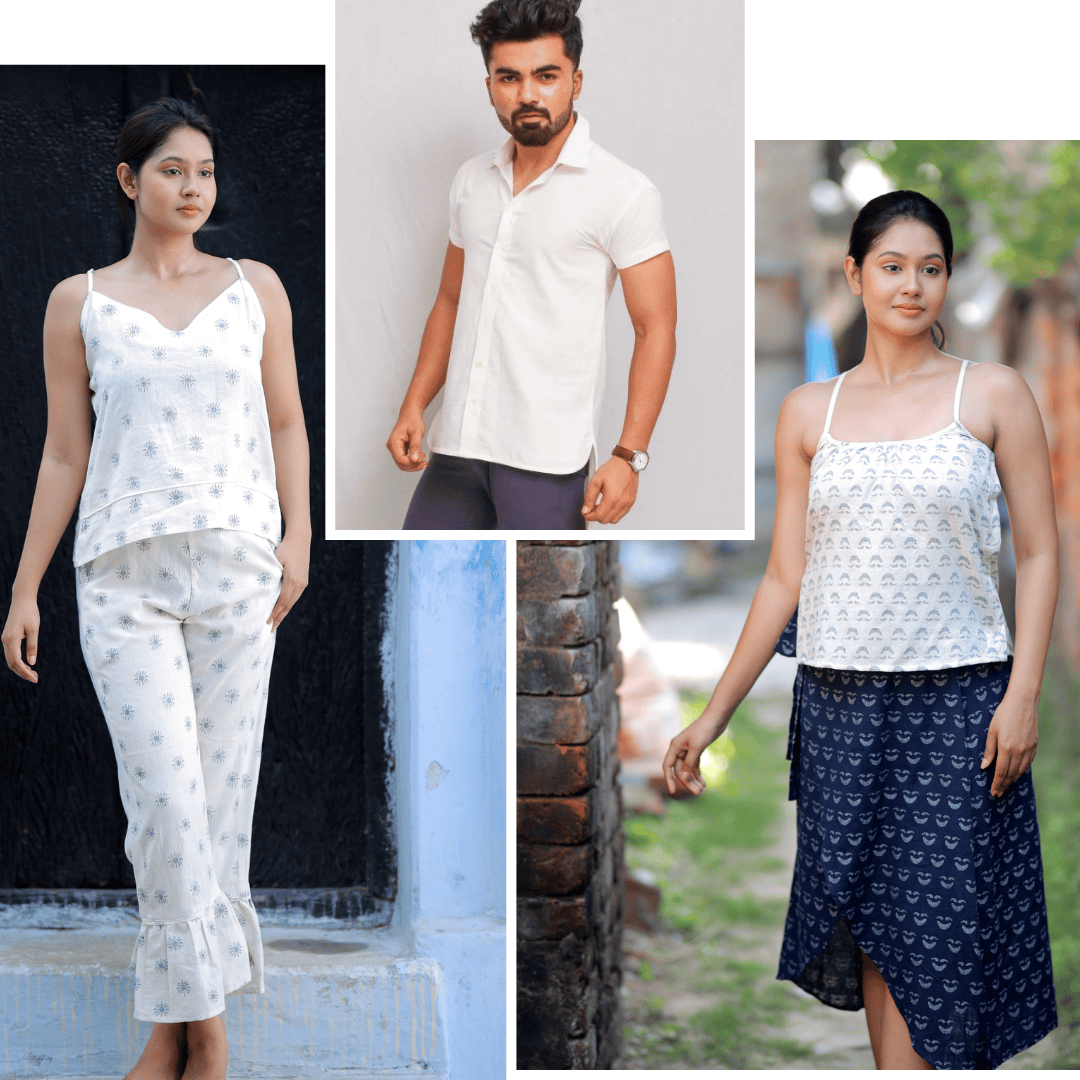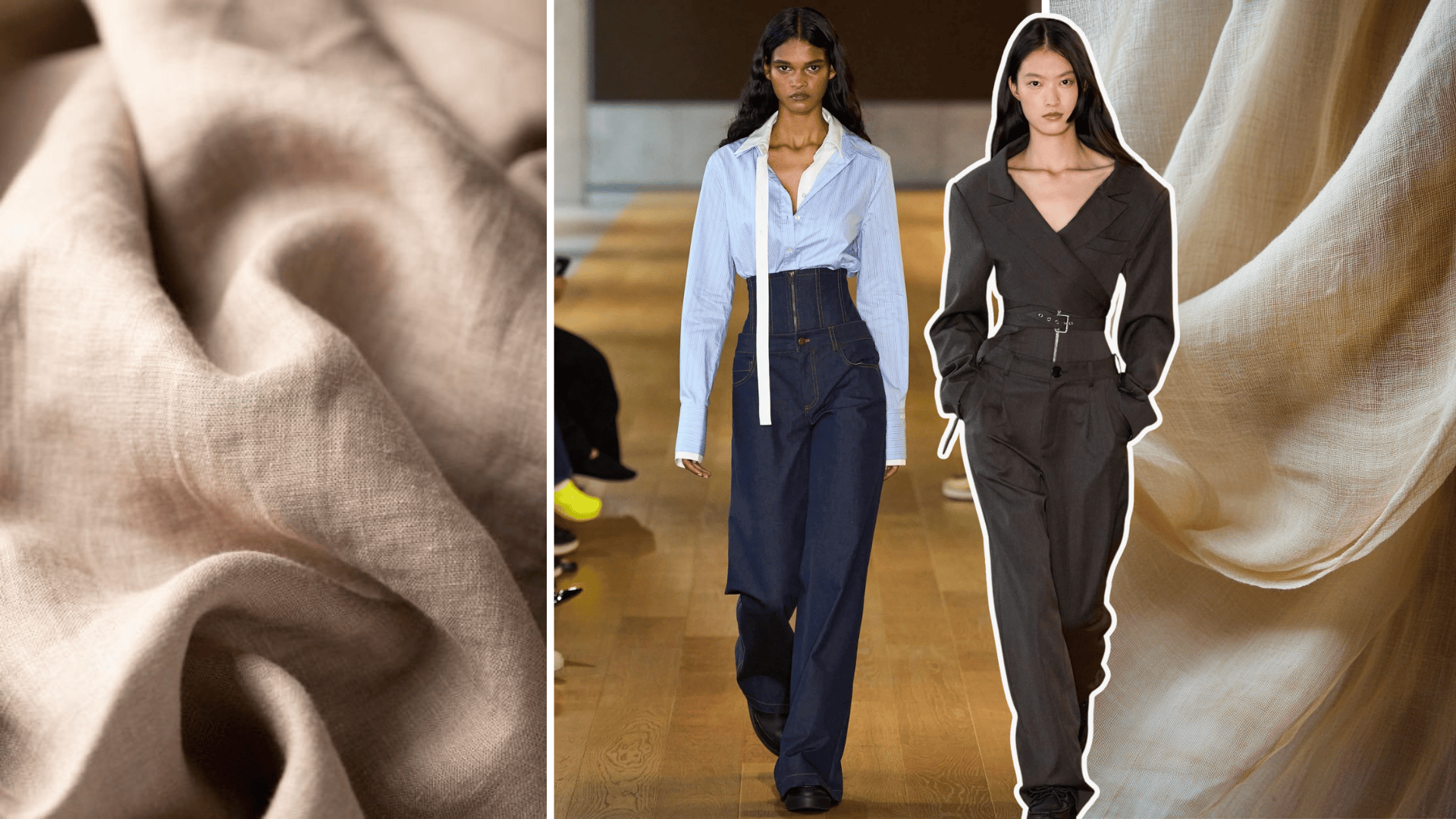
Top 5 Textures to Watch in Fashion Trends 2025

In 2025, fashion is turning tactile. As runways from Paris to New York prove, Different types or texture — Fashion designers are experimenting with fabrics that not only look good but also feel distinct.
From raw, slubbed handlooms to layered embroidery and oversized weaves, the hand feel factor is defining what luxury and comfort mean for the modern wardrobe.
From ethereal layers to raw, earthy weaves, here are the top five textures in Fashion Trends dominating the 2025 runways and the reasons why they matter.
1. The Power of Sheer Fabric : Ethereal and Bold
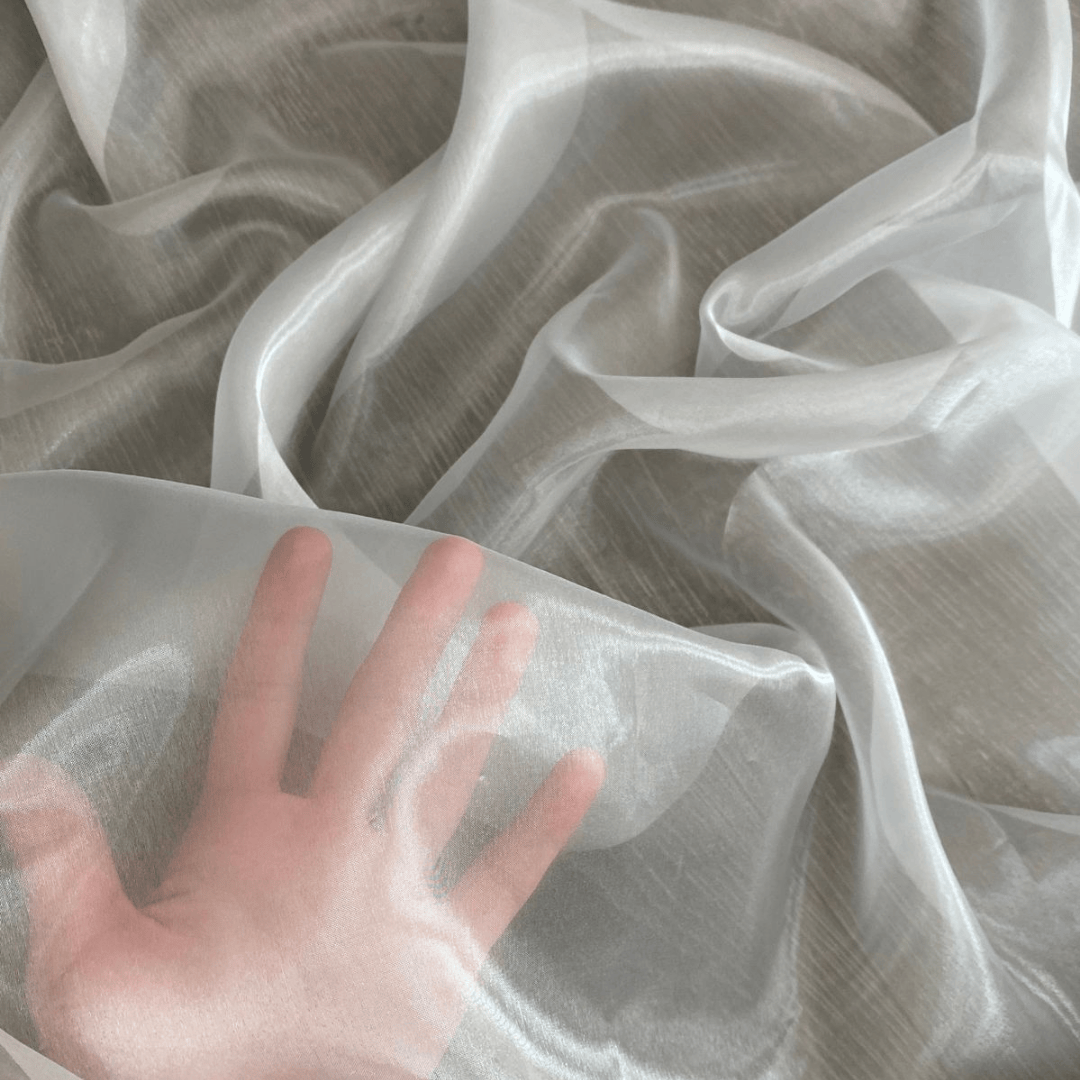
Transparency is taking on a new dimension this year.
Fabrics like organza, tulle, and fine mesh are no longer reserved for delicate overlays or evening wear.
Designers are using them to construct full-volume dresses, tailored blouses, and even entire suiting looks.
This trend reflects a desire for lightness and fluidity, creating a delicate interplay between what is seen and what is concealed.
On the Runway: Brands and Fashion designer like Valentino used sheer fabrics to create soft, romantic dresses, while Fendi explored their structural potential in layered, minimalist ensembles.
The trend proves that garments can be both substantial and weightless at the same time.
2025 Ready-to-Wear by Valentino and Chanel
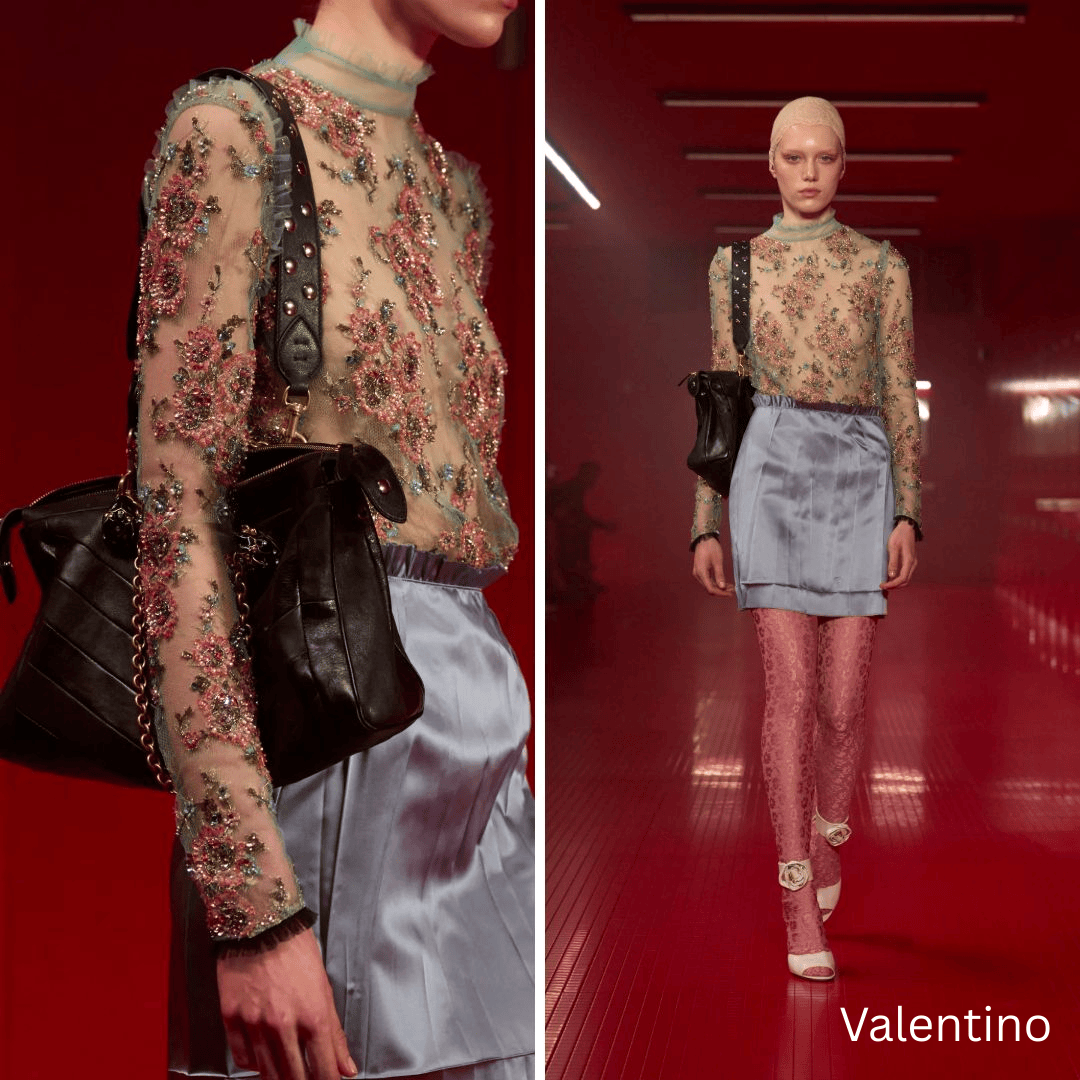
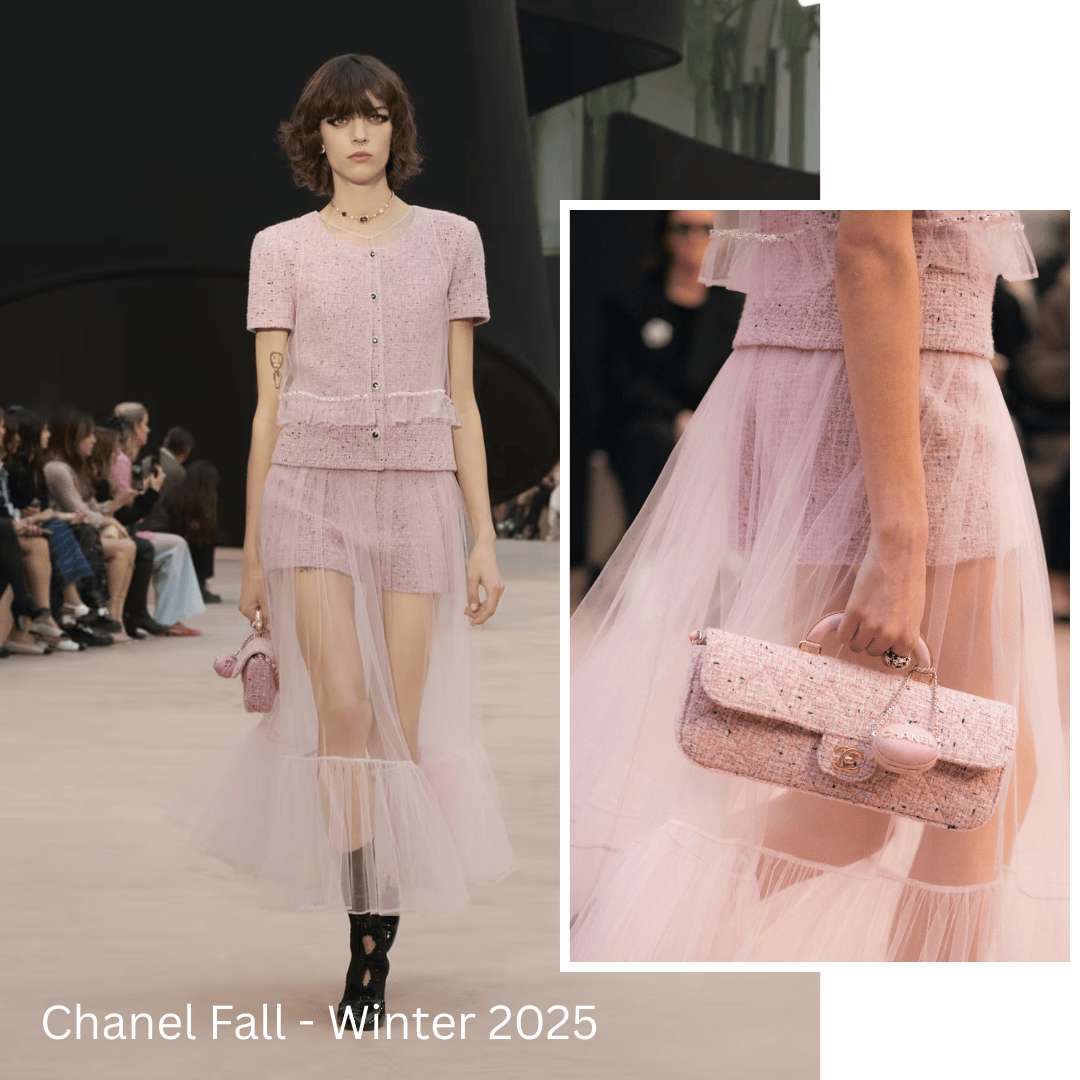
2. The Return of Bouclé & Tweed: Structured Comfort
Inspired by timeless elegance and heritage, bouclé and tweed have re-emerged as a dominant force.
With their distinctive looped yarn and nubby surfaces, these fabrics add a sense of cozy, yet structured sophistication and ideal trending dresses for women.
They speak to a desire for classic quality and durability that transcends fleeting trends.
On the Runway: While Chanel remains the undisputed master of tweed, other brands are giving it a fresh spin.
Designers are reinterpreting these textures in lighter weights and unexpected colors, using them in both classic suiting and modern, sculptural silhouettes.
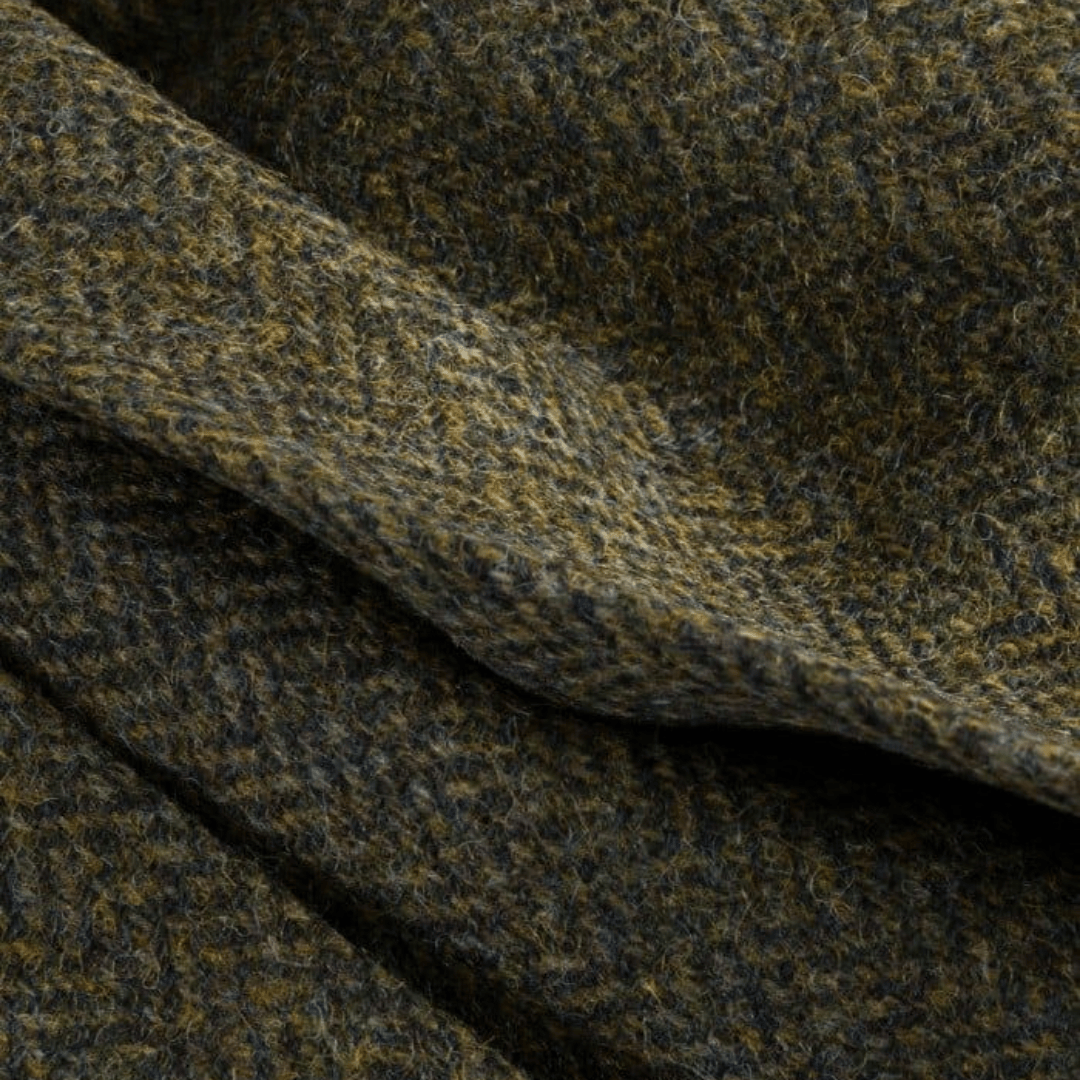
Chanel Fall - Winter 2025
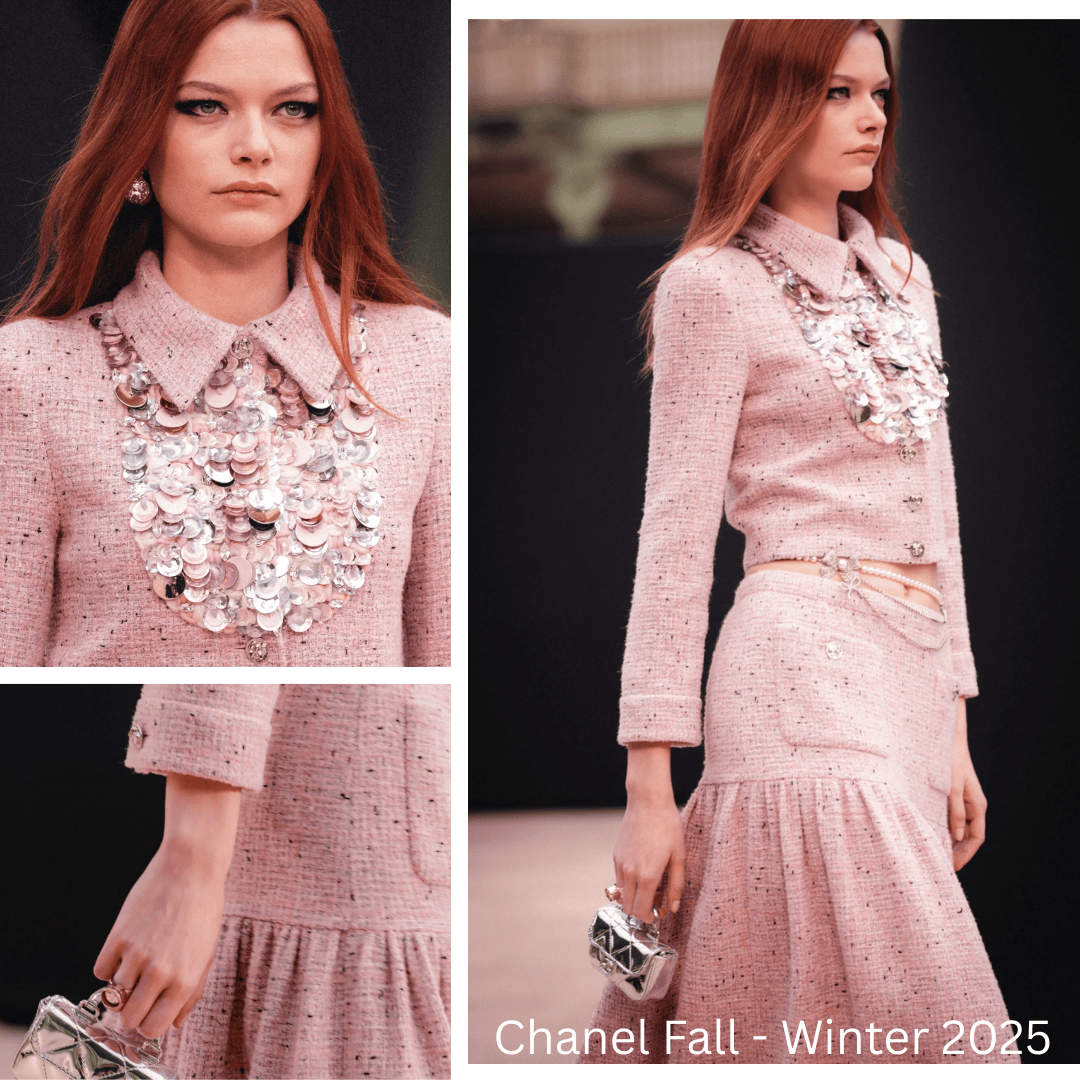
3. The Woven Artistry: Crochet and Fringe
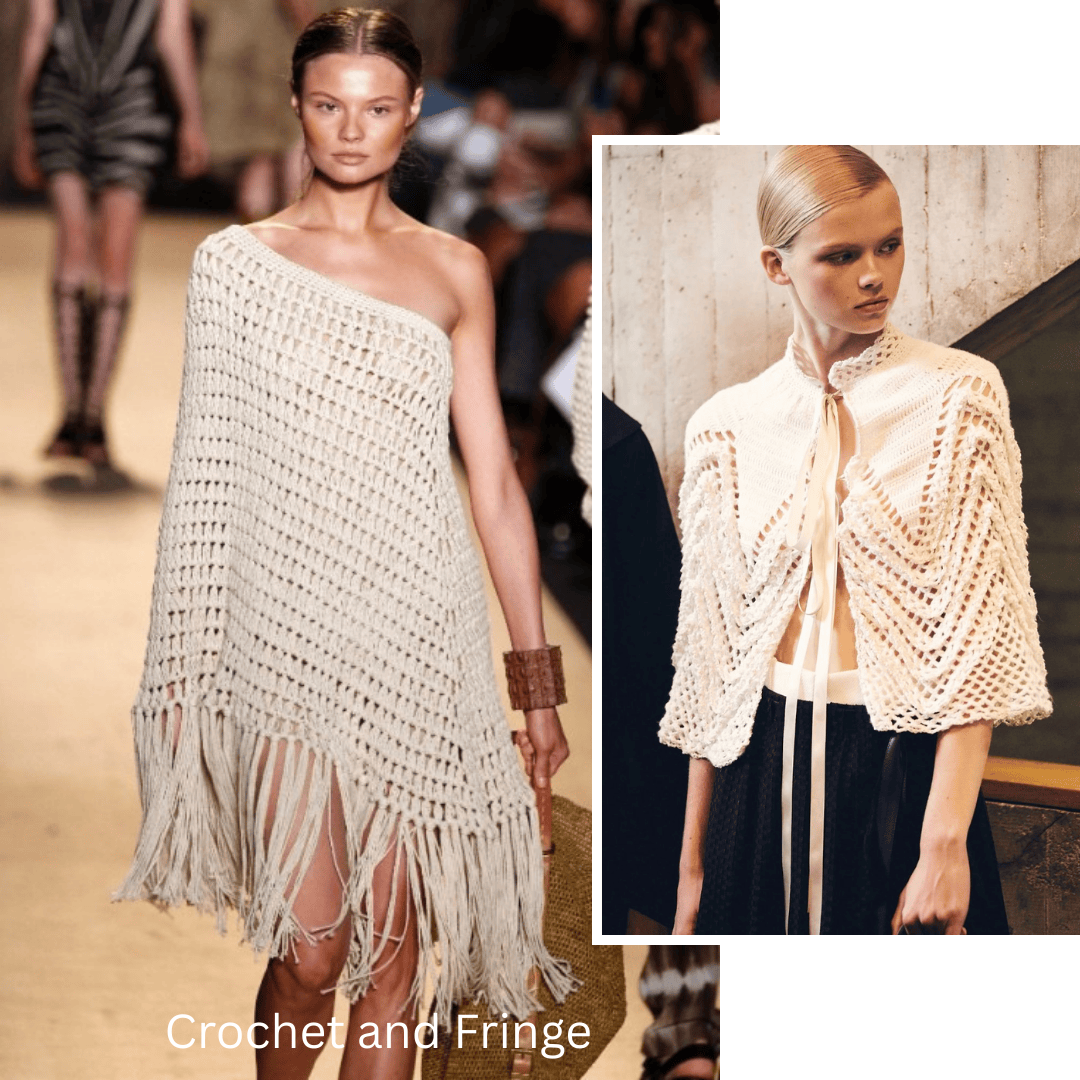
The artisan's touch is front and center with the widespread popularity of crochet and Fringe.
These hand-woven techniques, once considered bohemian or beachy, have been elevated to high-fashion mediums.
The intricate open-weave patterns showcase incredible skill and patience, adding a unique, handmade feel to any collection.
On the Runway: Loewe used crochet to create beautifully intricate ready-to-wear pieces, while Gabriela Hearst celebrated hand-woven artistry in her commitment to sustainable craftsmanship.
These textures embody a free spirit and a deep reverence for human-powered creation in design and fashion.
4. Raw & Rustic: The Beauty of Silks
In a nod to both authenticity and sustainability, fabrics that celebrate their natural, imperfect character are highly sought after.
Raw silks and hand-spun cottons with a slubby texture are dominating collections. The subtle irregularities in these weaves—from hand-spinning or weaving—are a mark of genuine craftsmanship.
Unlike glossy Mulberry silk, Matka Silk from Bengal has a slubbed, matte finish that feels earthy yet elevated. Its feel is textured but soft, carrying a tactile honesty luxury buyers crave.
On the Runway: The understated luxury of brands like Dior and Francesco Murano often features these imperfect textures.
Fabrics like Indian Matka silk are being reimagined in tailored separates and elegant dresses, offering a sophisticated, earthy aesthetic that stands in stark contrast to synthetic perfection.
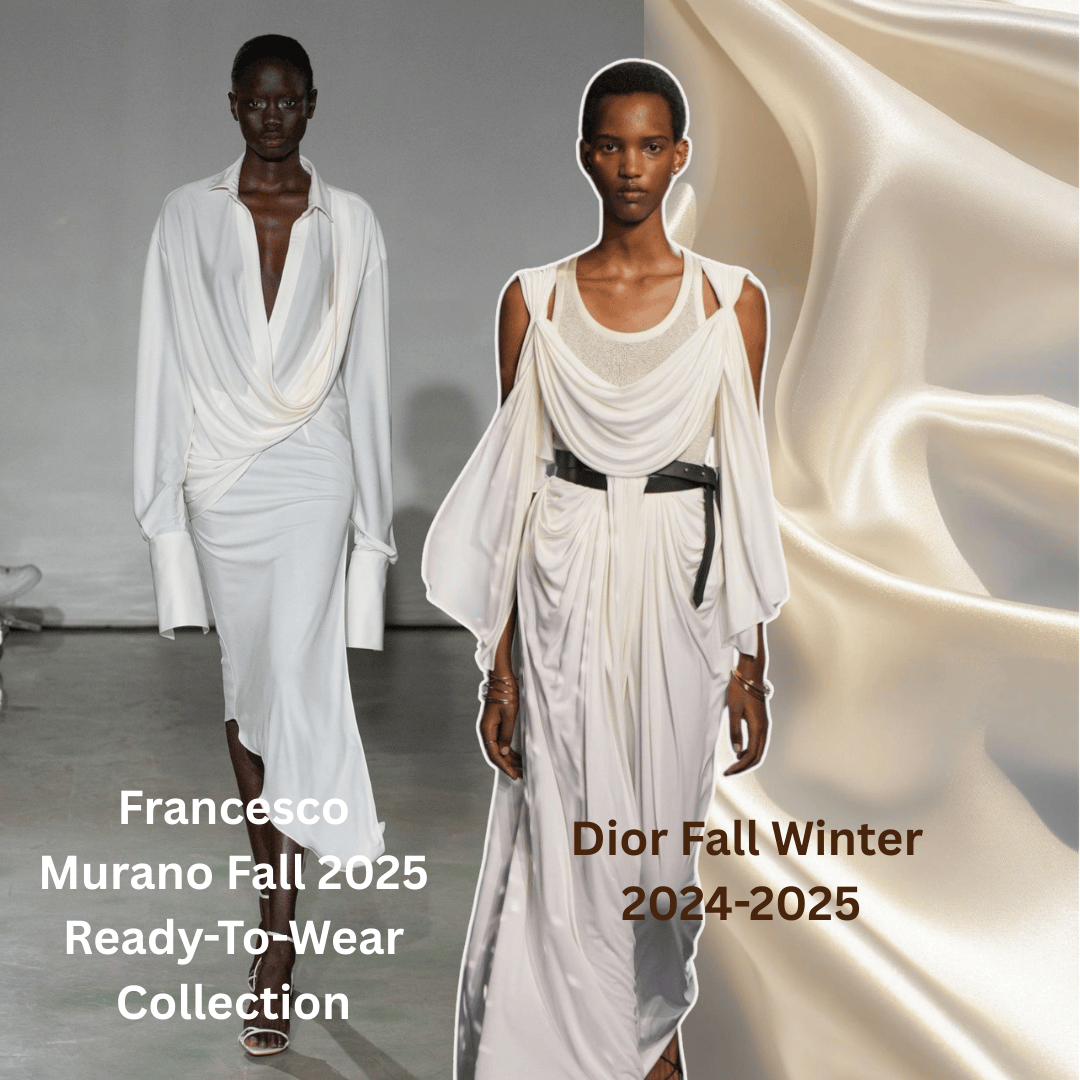
5. Khadi Cotton: Raw Authenticity as fashion trends
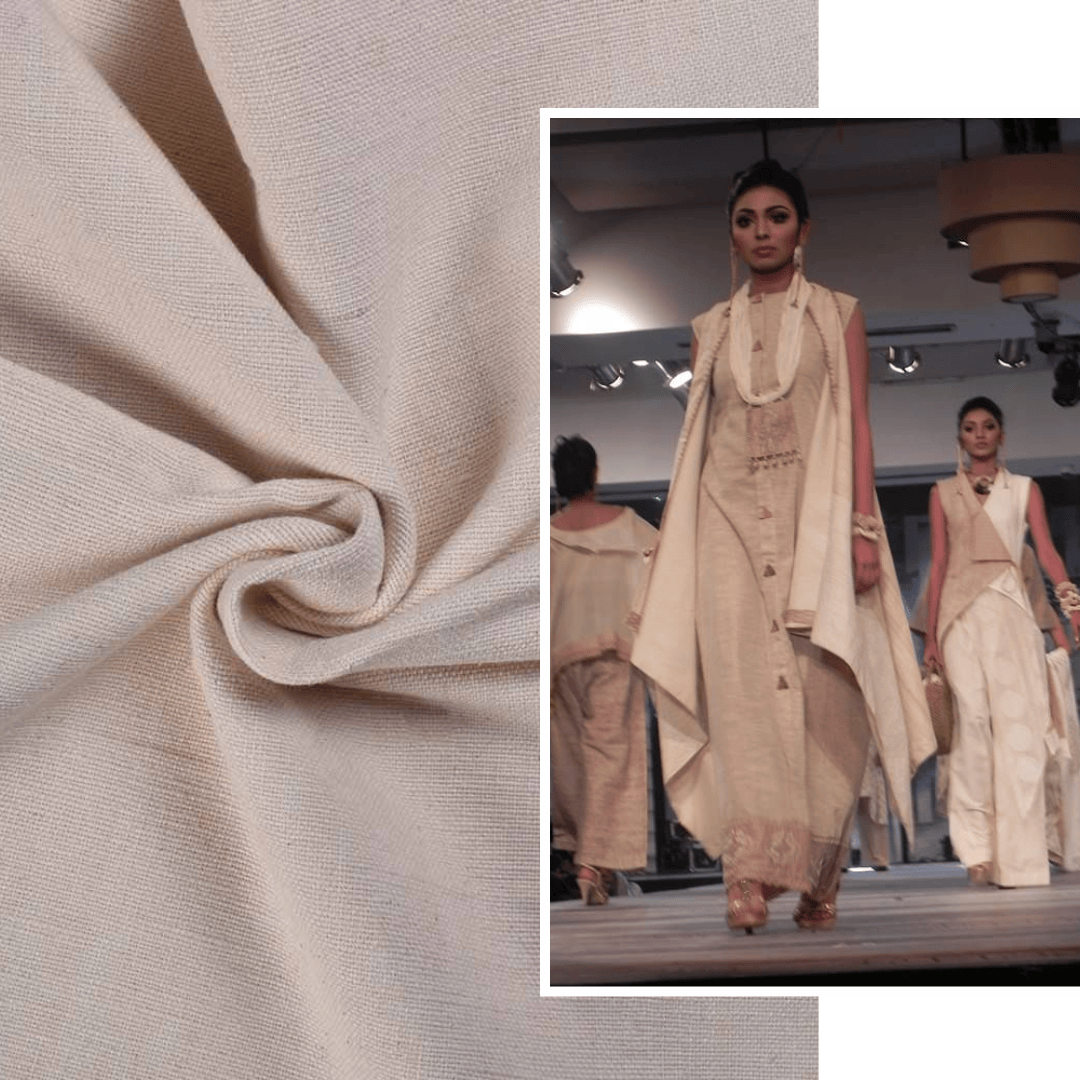
Once a symbol of India’s independence, khadi cotton is now a runway staple.
Its irregular, handspun yarn creates a grainy-yet-soft texture that designers are embracing for both minimal silhouettes and oversized tailoring.
Seen On Runways: Emerging European labels presented khadi co-ords and layered dresses in Milan Fashion Week, proving that artisanal irregularity is now high fashion.
Why It Matters: In a sea of mass-produced cottons, khadi’s imperfections are its beauty—each piece unique, breathable, and rooted in sustainability.
At Anuprerna
We partner with designers and fashion brands worldwide to co-create collections that highlight these tactile fabrics.
From khadi cotton to Matka Silks and many more like Jamdani, ikat, Shibori crafts, our collections prove that heritage handlooms are not just part of history—they are the future of design & fashion.
Anuprena's New Launch Jamdani Collections of 2025
How do these global trends connect with Indian handloom
Indian handloom is at the forefront of this global movement. Many of the trending textures have been staples of Indian textiles for centuries. The raw, slubby silk trend, for instance, is perfectly embodied by Matka silk and Khadi.
The beautiful sheer look is a signature of Dhakai Jamdani, and intricate jacquards and patterns have always been central to fabrics like Brocade. This global trend is a wonderful validation of the craftsmanship and timeless beauty of Indian textiles, bridging the gap between tradition and modern luxury.
related questions
How can I incorporate these top textures into my daily wardrobe without a full overhaul?
arrow_drop_downThe key is to start with a single statement piece. Instead of buying a full look, choose one item that highlights a trending texture. For example, add a bouclé jacket over a simple dress or pair of jeans. Opt for a sheer blouse layered over a camisole for an elegant touch, or accessorize with a fringed scarf for a pop of movement. Choosing one key piece allows you to experiment with the trend effortlessly while keeping your look balanced and wearable.
What's the best way to care for these unique textures to ensure they last?
arrow_drop_downProper care is crucial. For natural textures like linen and raw silk, it's best to hand wash in cold water with a gentle detergent or use a professional dry cleaner to preserve the fabric's integrity. To maintain the shape and texture of crochet and knitwear, always lay the garments flat to dry. For delicate sheer fabrics, a gentle hand wash is recommended to prevent tears. Always check the care label first, but a gentle approach will help your textured pieces stand the test of time.
Do these trends apply to menswear as well?
arrow_drop_downAbsolutely. These tactile trends are just as prominent in menswear. We are seeing textured bouclé and tweed blazers replacing standard wool and linen. Raw silks and handloom cottons are being used for casual shirting and unstructured jackets, offering a sophisticated, relaxed feel. Even crochet and patterned knitwear are making an appearance in polos and sweaters, adding a unique, artisanal touch to everyday looks.
How do these global trends connect with Indian handloom and traditional textiles?
arrow_drop_downIndian handloom is at the forefront of this global movement. Many of the trending textures have been staples of Indian textiles for centuries. The raw, slubby silk trend, for instance, is perfectly embodied by Matka silk and Khadi. The beautiful sheer look is a signature of Dhakai Jamdani, and intricate jacquards and patterns have always been central to fabrics like Brocade. This global trend is a wonderful validation of the craftsmanship and timeless beauty of Indian textiles, bridging the gap between tradition and modern luxury.
More Blogs
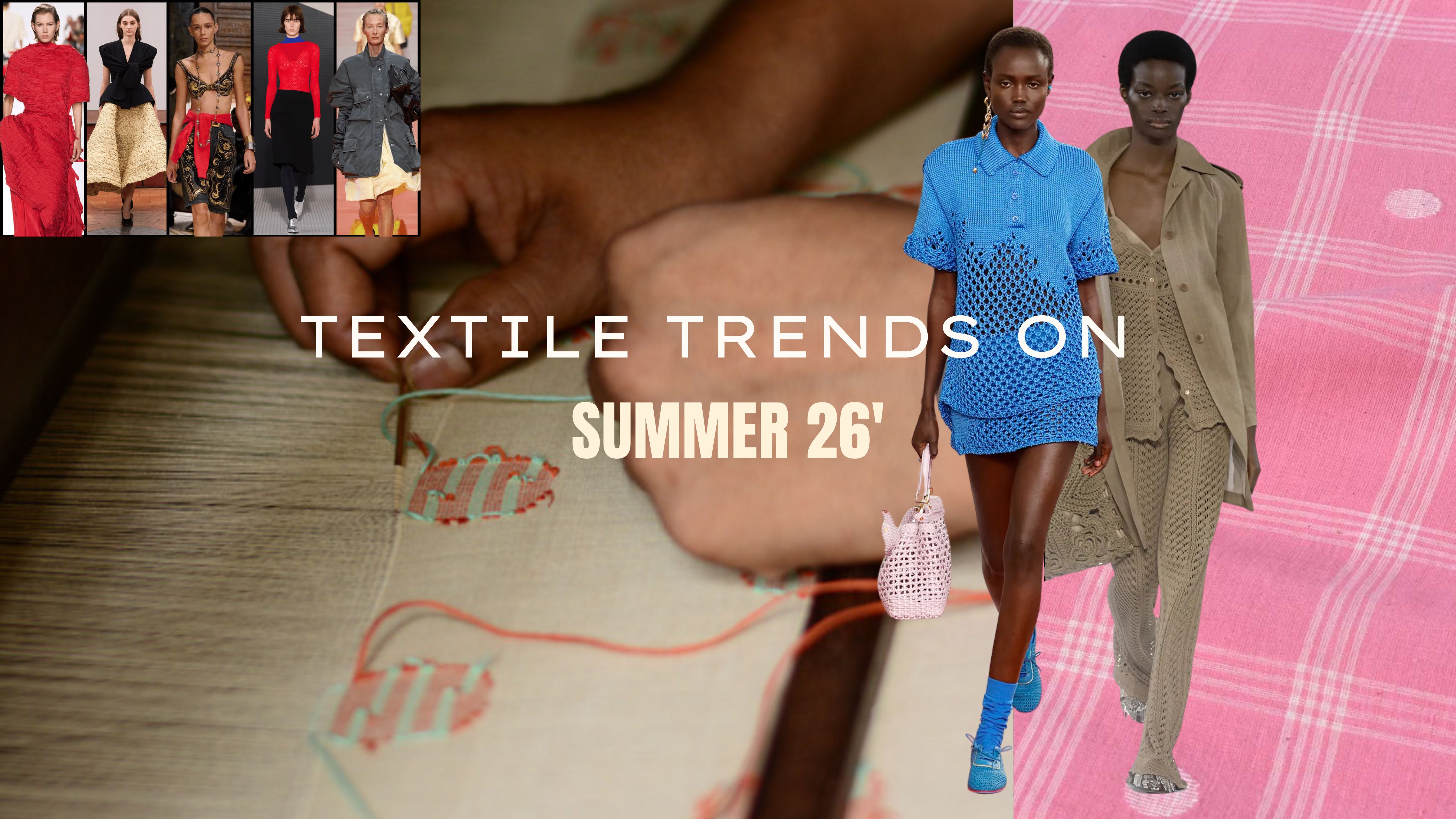
summer 2026 textile trends: the season of slow luxury

the color theory hack: instantly upgrade your style with the science of hues

the style blueprint: 5 simple rules to improve dressing sense instantly
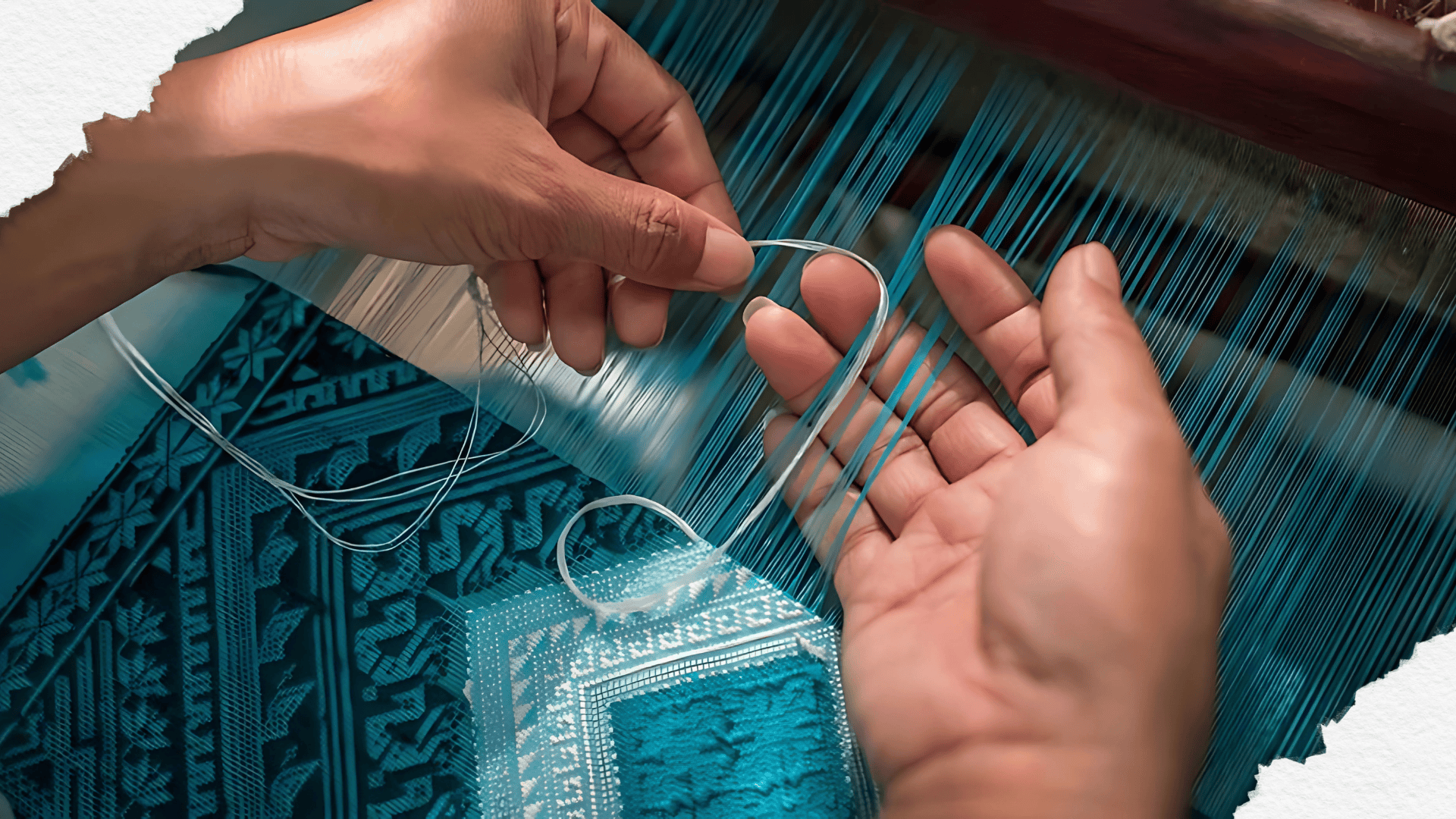
beyond borders: how fashion designers reimagine indian handloom in global fashion

5 key design elements in fashion and styling behind every great look

vintage revival: which eras and silhouettes are making a resurgence in 2025
